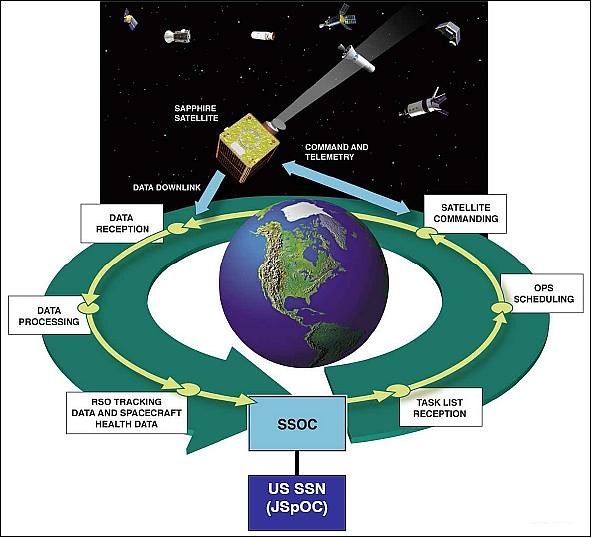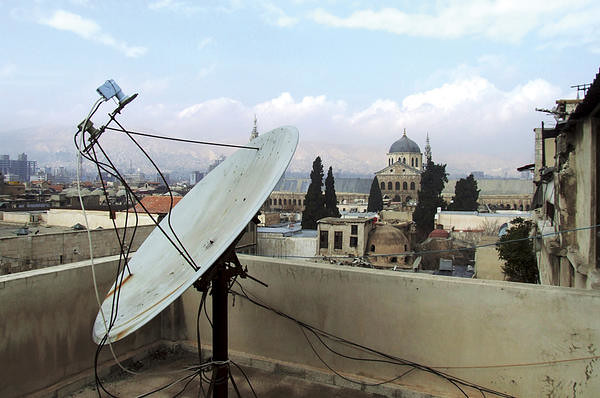Colliding White Dwarfs
Thursday, April 7th, 2011
From the Monthly Notices of the Royal Astronomical Society, we read about two white dwarf stars that will combine to form a helium-burning star — in roughly 37,000,000 years. Get a load of this abstract…
We identify SDSS J010657.39-100003.3 (hereafter J0106-1000) as the shortest period detached binary white dwarf (WD) system currently known. We targeted J0106-1000 as part of our radial velocity program to search for companions around known extremely low-mass (ELM, ~ 0.2 Msol) WDs using the 6.5m MMT. We detect peak-to-peak radial velocity variations of 740 km/s with an orbital period of 39.1 min. The mass function and optical photometry rule out a main-sequence star companion. Follow-up high-speed photometric observations obtained at the McDonald 2.1m telescope reveal ellipsoidal variations from the distorted primary but no eclipses. This is the first example of a tidally distorted WD. Modeling the lightcurve, we constrain the inclination angle of the system to be 67 +- 13 deg. J0106-1000 contains a pair of WDs (0.17 Msol primary + 0.43 Msol invisible secondary) at a separation of 0.32 Rsol. The two WDs will merge in 37 Myr and most likely form a core He-burning single subdwarf star. J0106-1000 is the shortest timescale merger system currently known. The gravitational wave strain from J0106-1000 is at the detection limit of the Laser Interferometer Space Antenna (LISA). However, accurate ephemeris and orbital period measurements may enable LISA to detect J0106-1000 above the Galactic background noise.
For a translation, let’s turn to the Smithsonian’s Christine Pulliam…
Out of the 100 billion stars in the Milky Way, only a handful of merging white dwarf systems are known to exist. Most were found by Kilic and his colleagues. The latest discovery will be the first of the group to merge and be reborn.
The newly identified binary star (designated SDSS J010657.39 – 100003.3) is located about 7,800 light-years away in the constellation Cetus. It consists of two white dwarfs, a visible star and an unseen companion whose presence is betrayed by the visible star’s motion around it. The visible white dwarf weighs about 17 percent as much as the Sun, while the second white dwarf weighs 43 per cent as much. Astronomers believe that both are made of helium.
The two white dwarfs orbit each other at a distance of 140,000 miles – less than the distance from the Earth to the Moon. They whirl around at speeds of 270 miles per second (1 million miles per hour), completing one orbit in only 39 minutes.
The fate of these stars is already sealed. Because they wheel around so close to each other, the white dwarfs stir the space-time continuum, creating expanding ripples known as gravitational waves. Those waves carry away orbital energy, causing the stars to spiral closer and closer together. In about 37 million years, they will collide and merge.
When some white dwarfs collide, they explode as a supernova. However, to explode the two combined have to weigh 40 percent more than our Sun. This white dwarf pair isn’t heavy enough to go supernova. Instead, they will experience a second life. The merged remnant will begin fusing helium and shine like a normal star once more.
This binary white dwarf was discovered as part of a survey program being conducted with the MMT Observatory on Mount Hopkins, Ariz. The survey has uncovered a dozen previously unknown white dwarf pairs. Half of those are merging and might explode as supernovae in the astronomically near future.
Yeah, there’s a video…





